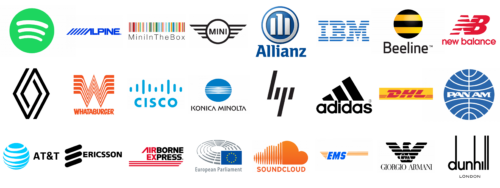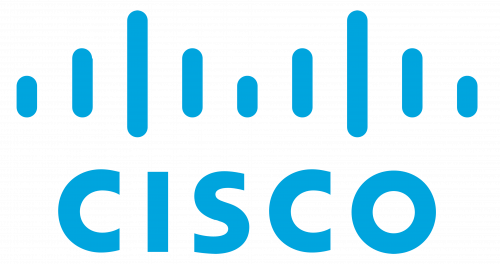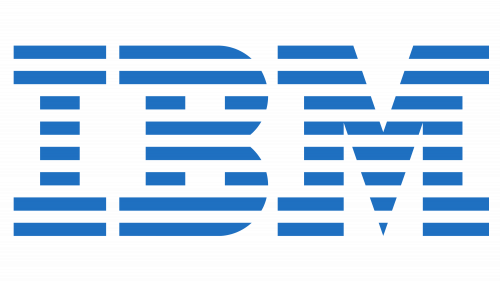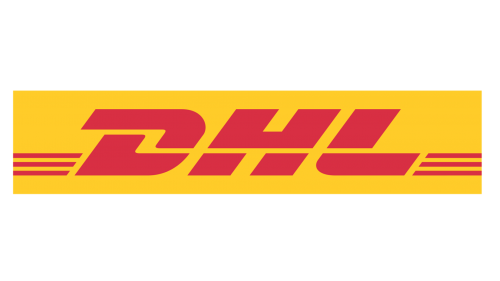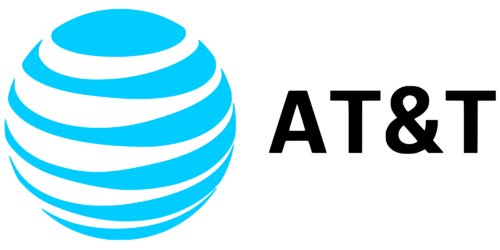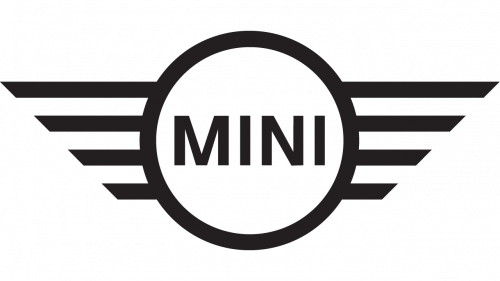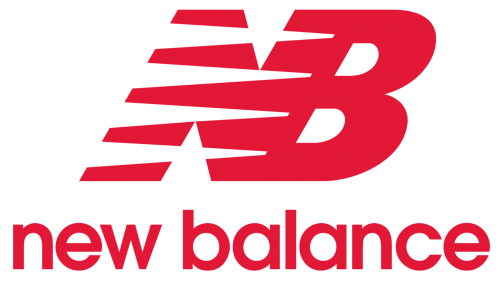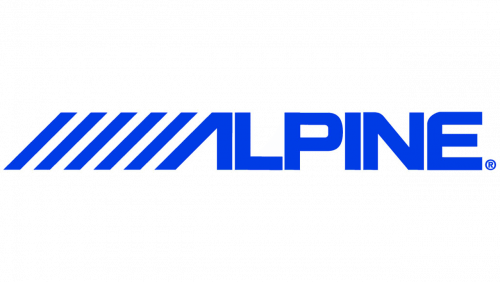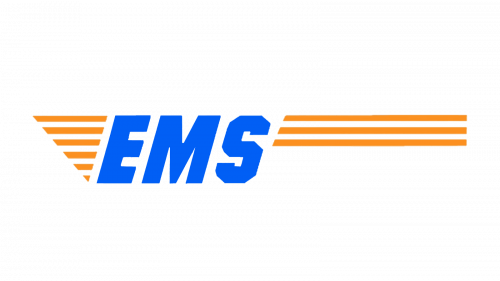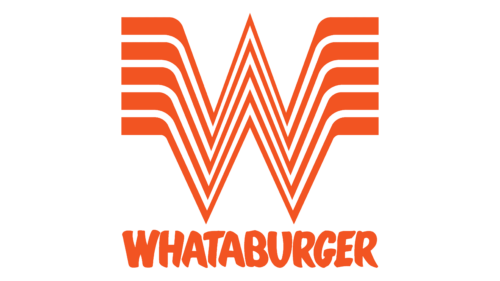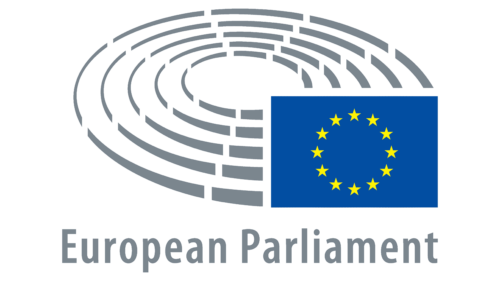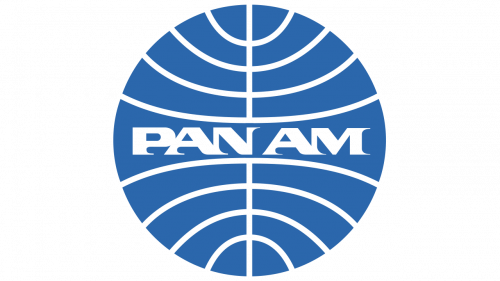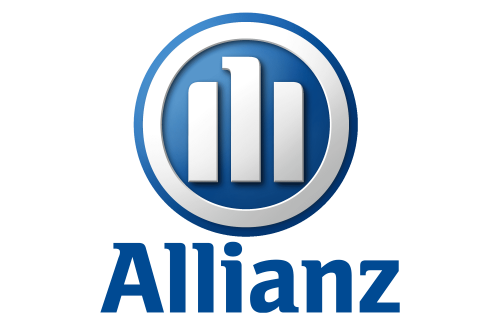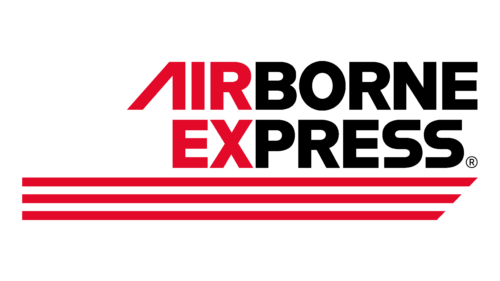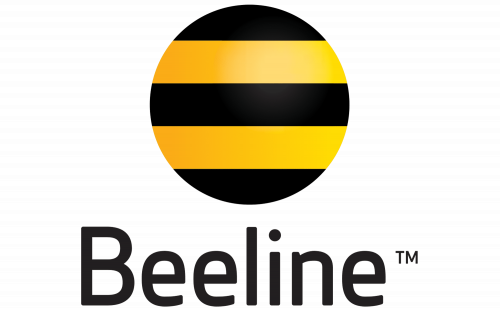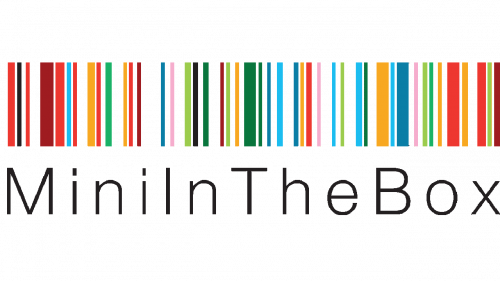In the intricate tapestry of brand identities, where every curve, color, and line has a story to tell, logos serve as the silent yet eloquent ambassadors of a brand’s ethos, aspirations, and values. Among the myriad design elements that breathe life into logos, lines command a unique respect for their profound simplicity and the depth of meaning they can convey. These slender marks, whether they dash, curve, zigzag, or flow in uninterrupted strokes, encapsulate the essence of minimalism and sophistication in logo design. The most famous logos adorned with lines transcend their basic visual form to become symbols of innovation, dynamism, and clarity. This exploration into the realm of iconic logos that celebrate the elegance of lines unveils the artistic creativity and strategic thought that underpin their designs, revealing how these seemingly straightforward elements shape narratives, evoke emotions and forge connections across the globe.
Interesting Fact:
Leonardo da Vinci once said, “Simplicity is the ultimate sophistication.” This principle is vividly embodied in the use of lines in logos, where the simplest forms achieve the most compelling communication.
Deeper Dive into Logos with Lines:
- Elegance in Minimalism: Lines epitomize the beauty of minimalistic design, stripping away the superfluous to focus on the essential, thus ensuring the logo’s core message is conveyed with clarity and impact.
- Dynamic Expressions: Through variations in thickness, length, and curvature, lines are imbued with the ability to express motion, stability, growth, and agility, embodying the brand’s dynamism and forward-thinking ethos.
- Architects of Balance: Lines play a pivotal role in creating visual harmony within a logo, guiding the eye, and balancing elements to craft a composition that’s both aesthetically pleasing and strategically sound.
- Conduits of Symbolism: Beyond their visual appeal, lines are rich in symbolism—vertical lines convey strength and stability, horizontal lines evoke calm and tranquility, while diagonal lines suggest movement and change.
- Cultural Resonance: The use of lines in logos often carries cultural and historical significance, tapping into universal symbols and archetypes that resonate deeply with diverse audiences.
Can the simplicity of lines in a logo contribute to its iconic status?
Absolutely, the simplicity of lines in a logo can play a crucial role in achieving an iconic status. Minimalistic designs often become timeless symbols, offering clear and immediate recognition. This approach allows brands to convey their identity and values succinctly, making the logo easily memorable to the public.
As we delve deeper into the stories behind the most renowned logos featuring lines, we find a celebration of creativity, a strategic embrace of simplicity, and a testament to the enduring power of design. From the swift dynamism of a swoosh that promises adventure and achievement to the serene stability of parallel lines that speak of trust and reliability, these logos encapsulate the spirit of the brands they represent. They demonstrate the incredible capacity of lines to cut through the noise of a crowded marketplace, capturing the essence of a brand in strokes that are as eloquent as they are elemental. Through this journey, we uncover not only the visual impact of these logos but the indelible marks they leave on the cultural landscape, proving that in the realm of design, it is often the simplest elements that hold the power to move, inspire, and endure.
SoundCloud
SoundCloud stands out as an innovative platform in the digital landscape, offering a haven for both emerging and established artists to share their music with the world. Founded in 2007, it has revolutionized the way we discover, share, and distribute music, fostering a vibrant community of creators and listeners. The logo of SoundCloud is a testament to its commitment to sound and music innovation. At its core, the orange waveform logo not only visually represents audio but also captures the essence of sound dynamics and the rhythm of beats. The linear pattern is meticulously designed to mimic the visual representation of sound frequencies and amplitudes, symbolizing the diverse range of audio experiences the platform offers, from music tracks to podcasts.
Adidas
Adidas, a behemoth in the sportswear industry, has a rich history that dates back to 1949, founded by Adolf Dassler. It has since become synonymous with performance and innovation in sports apparel and accessories. The brand’s logo, especially the three stripes, is iconic and instantly recognizable worldwide. These stripes, initially serving a practical purpose for shoe stability, have evolved into a global symbol of quality and performance. In the logo, the stripes are positioned at an angle, resembling a mountain, which metaphorically represents the challenges athletes face and their journey to overcome them. The use of straight lines in the design conveys a sense of precision, direction, and progress, echoing the brand’s commitment to excellence and improvement in sports and beyond.
Cisco
Cisco, a titan in the realm of networking and telecommunications, was founded in 1984 by a group of computer scientists from Stanford University. The company’s name itself is a nod to San Francisco, and its logo creatively embodies this connection. The stylized Golden Gate Bridge within the logo is composed of a series of vertical lines, which are not just an homage to the company’s roots but also a metaphor for connection and communication. These lines, representing the bridge’s suspension cables, symbolize the robustness and reliability of Cisco’s networking solutions that bridge the gap between people and technology across the globe. The simplicity and elegance of the line work in the logo reflect Cisco’s mission to simplify the complexities of the digital world.
IBM
IBM, with its storied history dating back to 1911, has evolved from a small business that produced time-keeping and computing devices to a global leader in technology and innovation. The IBM logo, with its distinctive horizontal stripes, was designed by Paul Rand in 1972. The use of eight horizontal lines to form the letters “IBM” introduces a dynamic element to the design, suggesting speed and technological advancement. These lines are not merely decorative; they symbolize the digital data flow and the company’s foundational role in the development of the information technology industry. The logo’s design cleverly uses negative space to create the letters, a nod to IBM’s innovative approach to solving complex problems.
Spotify
Since its launch in 2008, Spotify has dramatically changed how we access and enjoy music and podcasts, offering personalized streaming services to millions of users worldwide. The Spotify logo, with its vibrant green color and distinctive waveform icon, captures the essence of the brand’s energetic and innovative nature. The three horizontal lines that emanate from the circle symbolize sound waves traveling through the air, representing the universal language of music and the connectivity it brings. These lines, with their flowing and dynamic shape, reflect the seamless and expansive nature of Spotify’s music library, inviting users to explore a world of sound. The logo’s design, while simple, conveys the brand’s core mission to make audio content universally accessible and endlessly enjoyable.
DHL
DHL International GmbH stands as a towering figure in the global logistics landscape, having carved out a dominant presence in the field of international courier, parcel, and express mail services since its inception in 1969. The company’s ethos, rooted in delivering reliability and efficiency, has propelled DHL to the forefront of the logistics industry, making it a household name in over 220 countries and territories. The DHL logo, a masterclass in brand identity, marries simplicity with visual impact through the strategic use of color and form. Dominated by vibrant red letters against a backdrop of sunny yellow, the logo’s design hinges on the clean, crisp lines that construct the “DHL” moniker. These lines are not just elements of design but are symbolic representations of the company’s streamlined and direct approach to logistics and delivery services. The angularity and precision of the letters encapsulate DHL’s commitment to speed and accuracy, serving as a visual pledge of the brand’s dedication to excellence in service delivery.
AT&T
AT&T Inc., an American titan in the telecommunications and media sectors, boasts a storied legacy that stretches back to its founding in 1983. Emerging from the original Bell Telephone Company, AT&T has evolved into a global powerhouse, shaping and being shaped by the telecommunications revolution. Its logo stands as a beacon of innovation, featuring a stylized globe crisscrossed by sinuous lines in a soothing shade of blue. These lines, reminiscent of digital networks, weave around the sphere, symbolizing the company’s extensive reach and the interconnected nature of its services. The globe motif underscores AT&T’s role in facilitating global communication, while the strategic use of lines articulates the brand’s core mission of connecting people, places, and information across vast distances. This emblem encapsulates the essence of AT&T: a forward-thinking, interconnected network driving the future of communication.
Mini
Mini, the iconic British automotive brand, has been synonymous with distinctive, compact design and spirited driving since its inception under BMW’s stewardship in 2000. The brand’s legacy, steeped in a rich heritage of innovation and performance, is cleverly encapsulated in its logo. This emblem, which features the brand name “Mini” inscribed in a sans-serif font within a circle, strikes a balance between homage to its historic roots and a nod to contemporary aesthetics. The design’s use of lines, especially the circular outline that encases the name, speaks to Mini’s commitment to efficiency, unity, and the seamless blend of tradition and modernity. The stark contrast between the font and the background, along with the emblem’s rounded lines, mirrors the brand’s philosophy of combining form and function, embodying the essence of Mini’s enduring appeal.
Which brands use lines in their logos to signify movement?
Several brands, especially those in the sports and automotive sectors, use lines in their logos to signify movement. This design choice reflects a commitment to dynamism, speed, and progression, embodying the essence of activity and forward motion that these brands aim to represent in their markets.
New Balance
New Balance Athletics, Inc., distinguishes itself in the crowded marketplace of sports footwear and apparel through a relentless pursuit of innovation coupled with a rare commitment to manufacturing integrity. The New Balance logo, with its straightforward yet bold “N” emblem, is a visual shorthand for the brand’s ethos. Crafted from clean, angular lines, the logo encapsulates a sense of motion and forward momentum, reflecting the brand’s focus on advancing performance through design. The “N” is not just a letter but a symbol of the company’s dedication to quality and innovation, its sharp lines and distinctive form conveying New Balance’s commitment to supporting athletes in their pursuit of excellence. The strategic use of lines in the logo mirrors the brand’s emphasis on precision, durability, and the art of craftsmanship in sportswear.
HP
HP Inc. emerges as a luminary in the information technology sector, renowned for its wide array of hardware, software, and services that cater to a diverse clientele ranging from individual consumers to sprawling enterprises. The HP logo epitomizes the essence of minimalism and futuristic design, with the letters “HP” rendered in an italicized, sleek typeface that suggests momentum and innovation. The elegance of the logo’s lines, slender yet pronounced, captures the brand’s commitment to sleek, efficient design and cutting-edge technological solutions. This emblem is a testament to HP’s pioneering spirit, embodying the company’s dedication to pushing the boundaries of what is possible in technology and design. The interplay of lines in the HP logo serves not only as a hallmark of the brand’s aesthetic but as a symbol of its ongoing quest for innovation and excellence in the tech world.
Dunhill
Dunhill, established in the early 20th century in London, has grown from a small business into a global symbol of luxury and elegance in the tobacco industry. Alfred Dunhill’s vision was to offer the finest quality tobacco products, aligning with the desires of the discerning gentleman. The logo’s sophistication is captured through its serif font, which speaks to the brand’s heritage and commitment to craftsmanship. The lines in the logo, particularly the thin, precise strokes of each letter, mirror the meticulous process of creating Dunhill’s premium tobacco products. This emphasis on linearity reinforces the brand’s legacy of precision and excellence.
Alpine
Alpine stands at the forefront of the automotive audio and navigation systems industry, with a history of innovation that dates back to its founding in 1967. The brand is synonymous with superior sound quality and user-centric technological advancements in vehicle entertainment systems. The Alpine logo‘s stylized “A” is not just a letter but a symbol of the brand’s peak achievements in audio technology. The lines within the logo are sharp and forward-moving, indicative of Alpine’s forward-thinking approach and its commitment to advancing automotive technology. These lines also reflect the brand’s precision in sound engineering, capturing the essence of clarity and quality that Alpine delivers.
EMS
EMS, established as an international postal Express Mail Service, is renowned for its swift and reliable delivery services across continents. The brand’s identity is rooted in its commitment to speed, reliability, and global reach. In the EMS logo, the depiction of speed and motion is achieved through dynamic lines that form a stylized envelope or wing. These lines are not just decorative but are symbolic of the brand’s core values, illustrating EMS’s ability to swiftly bridge distances and connect people around the world. The linear motion suggests efficiency and the brand’s global network, reinforcing EMS’s position as a leader in international express delivery.
Whataburger
Since its inception in 1950, Whataburger has become an iconic American fast-food chain, celebrated for its customized, larger-than-life burgers. Its logo is a testament to the brand’s friendly, customer-focused approach, featuring a warm, inviting script that seems to welcome patrons from afar. The lines in the Whataburger logo, especially the continuous line forming the script, convey a sense of home-style warmth and authenticity. The flowing lines suggest the brand’s commitment to providing a comforting, quality dining experience, symbolizing the care and attention that goes into every meal served.
European Parliament
The European Parliament, as a pivotal institution within the European Union, embodies the principles of democracy, transparency, and unity. Its logo, featuring a stylized representation of the EU’s hemicycle, uses lines to create a powerful symbol of unity and cooperation among the member states. The converging lines represent the diverse voices of the EU’s citizens coming together in a shared space of dialogue and decision-making. This visual representation, using lines to signify convergence and unity, reflects the Parliament’s role in fostering harmony and collective action among the varied interests and cultures within the EU.
Ericsson
Ericsson stands as a titan in the telecommunications sector, widely recognized for pioneering innovations and offering a comprehensive suite of services and solutions in information and communications technology (ICT) for telecom operators worldwide. Its emblem is a testament to the company’s minimalist and forward-thinking design philosophy, featuring three parallel lines. This simple yet powerful representation is more than just a logo; it encapsulates Ericsson’s core values of connectivity, innovation, and the relentless pursuit of advancing communications technology. The lines, with their sleek and modern aesthetic, suggest a path leading towards the future, mirroring the company’s vision for a connected and technologically advanced world.
Giorgio Armani
The fashion empire of Giorgio Armani S.p.A. is celebrated globally for its luxurious and meticulously crafted clothing, accessories, and beauty products, epitomizing Italian elegance and sophistication. At the heart of its branding is a logo that commands attention with its depiction of an eagle, ingeniously crafted from a series of intricate lines. This emblem isn’t just a symbol; it’s a statement of the brand’s dedication to excellence, strength, and the timeless appeal of its designs. The eagle, poised and regal, constructed from lines that flow seamlessly together, reflects the brand’s commitment to quality and its lofty position in the fashion industry, soaring above its competitors.
Panam
Though details about Panam’s current operations and logo are less well-known, the essence of what Panam traditionally represented—a bridge connecting distant lands through air travel—resonates with the spirit of adventure and exploration. If its logo incorporates lines, one could imagine these as representing the flight paths that span across continents, symbolizing the brand’s commitment to bringing people closer in an era of global connectivity. These lines, elegantly designed, would not only signify the routes that Panam’s aircrafts traversed but also the countless journeys and stories of travelers who chose Panam as their gateway to the world.
Allianz
As a powerhouse in the insurance and financial services sector, Allianz’s presence is felt across the globe, safeguarding the futures of individuals and businesses alike. Its logo, characterized by a figure of a stylized bird, uses abstract lines to convey a sense of security and freedom. This design choice is deliberate, reflecting the company’s mission to protect its clients while giving them the liberty to explore life’s possibilities without fear. The lines form a protective embrace around the central point, symbolizing Allianz’s role as a guardian and supporter of its clients’ aspirations, ensuring peace of mind in an unpredictable world.
Renault
Renault, a vanguard in the automotive industry, is synonymous with innovation, quality, and design. The company’s logo, a bold diamond shape, is instantly recognizable and has become a symbol of French engineering prowess. Crafted from several lines that meet at sharp angles, this emblem is a visual representation of Renault’s dynamic approach to automobile design and its commitment to pushing the boundaries of what is possible. The lines within the diamond are more than just decorative elements; they suggest movement, energy, and progression, echoing Renault’s dedication to developing vehicles that combine aesthetic appeal with cutting-edge technology.
Airborne Express
Airborne Express once stood as a trailblazer in the American courier and air freight sector, distinguishing itself through its swift and reliable delivery services across the United States. With a history marked by innovation and an extensive logistics network, it carved out a niche for itself amongst giants. The logo of Airborne Express was a testament to its dynamic approach, featuring bold, slanted letters that seemed to leap forward, encapsulating the essence of speed and precision. A defining feature of the logo was the abstract, wing-like design composed of sleek lines adjacent to the text, ingeniously symbolizing the company’s prowess in air transportation and its commitment to delivering parcels with the swiftness of flight.
Beeline
Beeline emerges as a titan in the Russian telecommunications landscape, celebrated for its comprehensive array of services that span from mobile communications to broadband internet access. It stands as a beacon of innovation, continuously pushing the boundaries of customer satisfaction and connectivity. The Beeline logo is instantly recognizable by its vivid yellow hue, accented with a contrasting black nameplate, embodying the brand’s warmth and energetic spirit. Its emblematic feature is an imaginative bee trail, represented by sinuous, flowing lines that hover gracefully above the brand name, encapsulating Beeline’s promise of delivering seamless and dynamic connectivity solutions, much like the efficient, buzzing path of a bee.
Konica Minolta
Konica Minolta stands as a vanguard in the global technology arena, with its roots deeply embedded in the development of cutting-edge office equipment, medical imaging systems, and optical devices. The company is lauded for its forward-thinking solutions that have propelled industries towards greater innovation and efficiency. Its logo encapsulates this ethos, marked by a bold, blue typeface that conveys reliability and professionalism. The emblem’s globe, crafted from arcs and lines, symbolizes Konica Minolta’s global footprint and its dedication to connecting the world through its technological advancements, embodying the company’s vision of a connected, digital future.
Mini In The Box
Mini In The Box is a dynamic player in the online retail space, specializing in a wide spectrum of gadgets and small electronic devices that cater to an international clientele. Renowned for its eclectic product range and competitive pricing, the brand promises a shopping experience that’s both enjoyable and accessible. Its logo, characterized by playful typography and a palette of inviting colors, captures the brand’s approachable and fun identity. The illustration of an open box, cleverly designed with dotted lines, serves as a visual metaphor for the thrill of discovery and the joy of receiving new tech treasures. This creative element not only highlights the brand’s focus on delighting customers but also underscores the excitement inherent in exploring the latest gadgets and innovations.
Conclusion
As we conclude our insightful expedition into the realm of the most famous logos crafted with lines, we emerge with a richer understanding of the profound dialogue between form and meaning in the sphere of branding. These logos, characterized by their adept utilization of lines, transcend mere graphical representations to embody the very soul of the brands they signify. Our journey across this landscape of linear elegance has not only highlighted the simplicity and adaptability of lines in design but has also celebrated the nuanced storytelling and emotional resonance they encapsulate. Through this exploration, we’ve witnessed how lines, in their myriad forms and trajectories, weave the narrative of a brand’s identity, philosophy, and vision, engaging audiences with their silent yet eloquent language.
Enriching Perspectives on Logos with Lines:
- Simplicity as the Epitome of Elegance: The minimalistic use of lines underscores the design principle that true elegance lies in simplicity, making logos instantly recognizable and timeless.
- Dynamic Versatility: Lines showcase remarkable versatility, morphing from expressions of delicate grace to powerful strokes of boldness, adaptable to portray a spectrum of brand identities.
- Symbolic Depth: The strategic deployment of lines carries profound symbolism, from the promise of ascent and progress to the representation of connectivity and unity.
- Narrative Richness: Lines in logos tell a story, each stroke a chapter that speaks of the brand’s journey, its core values, and its aspirations.
- Cultural Connectivity: Through their universal language, lines bridge cultural divides, embedding logos with meanings that resonate across global audiences.
This in-depth exploration has revealed the intricate dance between simplicity and complexity that lines perform in the art of logo design. By dissecting the layers of meaning behind these linear creations, we’ve uncovered a spectrum of emotions and narratives, from the quest for perfection in the sleek curves of a logo to the bold assertion of identity in the sharp angles of another.
In the grand tapestry of branding, where every element of a logo is a thread woven into the larger narrative of a brand, logos with lines stand out for their ability to marry minimalism with depth, and clarity with intrigue. They serve not merely as identifiers but as monuments to the brands’ enduring legacies, encapsulating their ethos in strokes that are as deliberate as they are delicate.
How do lines in a logo influence consumer brand recognition?
Lines in a logo significantly influence consumer brand recognition by creating distinctive and engaging visuals. Whether through bold, dynamic strokes that evoke a sense of motion or through sleek, simple lines that communicate elegance and precision, these design elements help establish a strong visual identity. This enables consumers to instantly recognize and differentiate the brand from competitors, enhancing brand loyalty and perception.
As we step forward, carrying the insights and inspirations gleaned from these iconic logos with lines, it’s clear that the power of design lies in its ability to communicate complex ideas through the simplest of forms. These logos, with their elegant lines and profound symbolism, continue to inspire a sense of wonder and admiration, reminding us that in the realm of visual identity, the line is more than a design element—it’s a language of its own, capable of telling stories, evoking emotions, and building connections.
In conclusion, our journey through the landscape of logos adorned with lines reinforces the belief that great design is not just seen but felt. It challenges us to look beyond the surface and appreciate the subtleties of form, function, and meaning that define a truly iconic logo. As these brands move forward, their logos stand as testaments to the timeless appeal of lines in design, symbols of a narrative that is continually unfolding, inviting us to read between the lines and discover the stories they hold.


